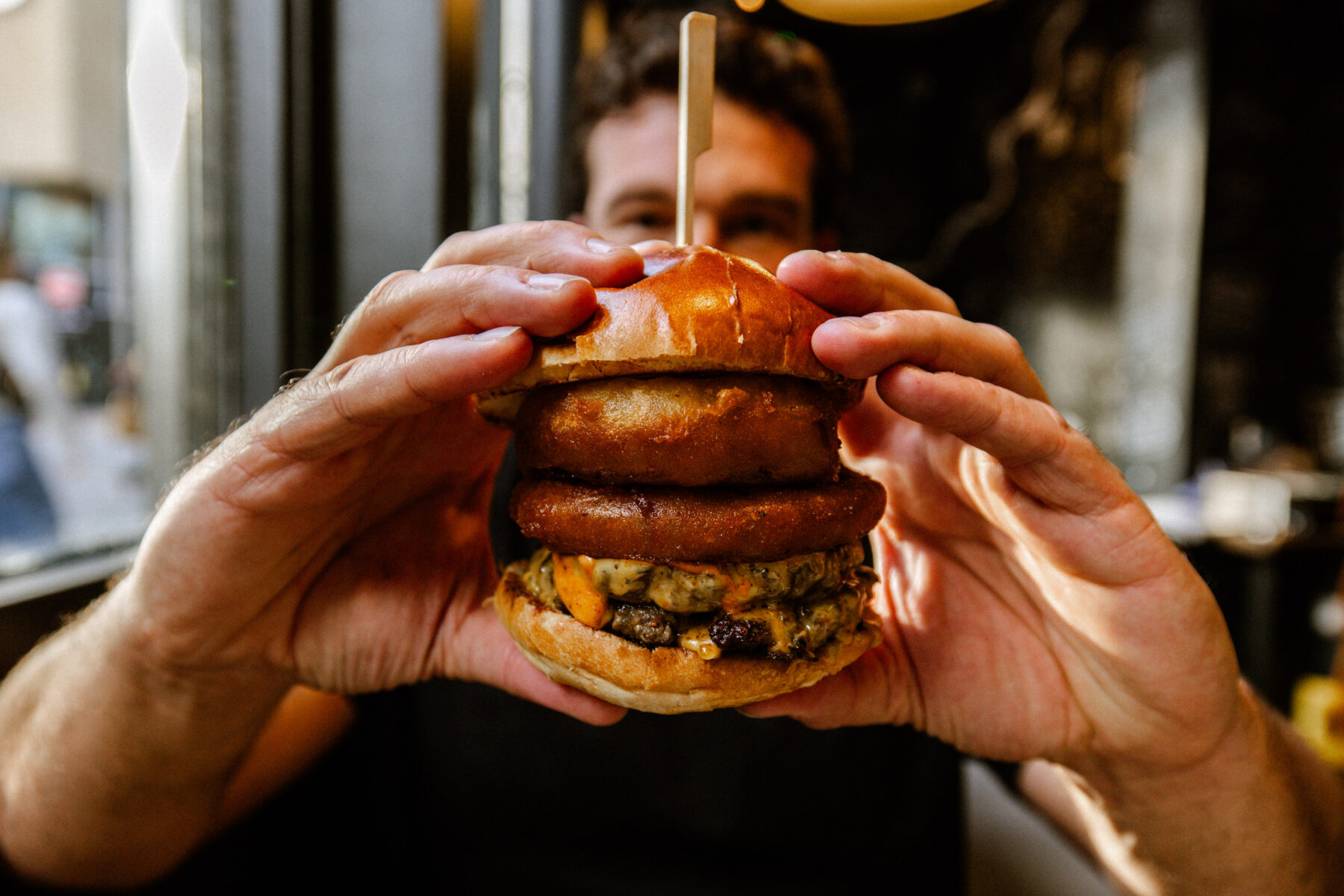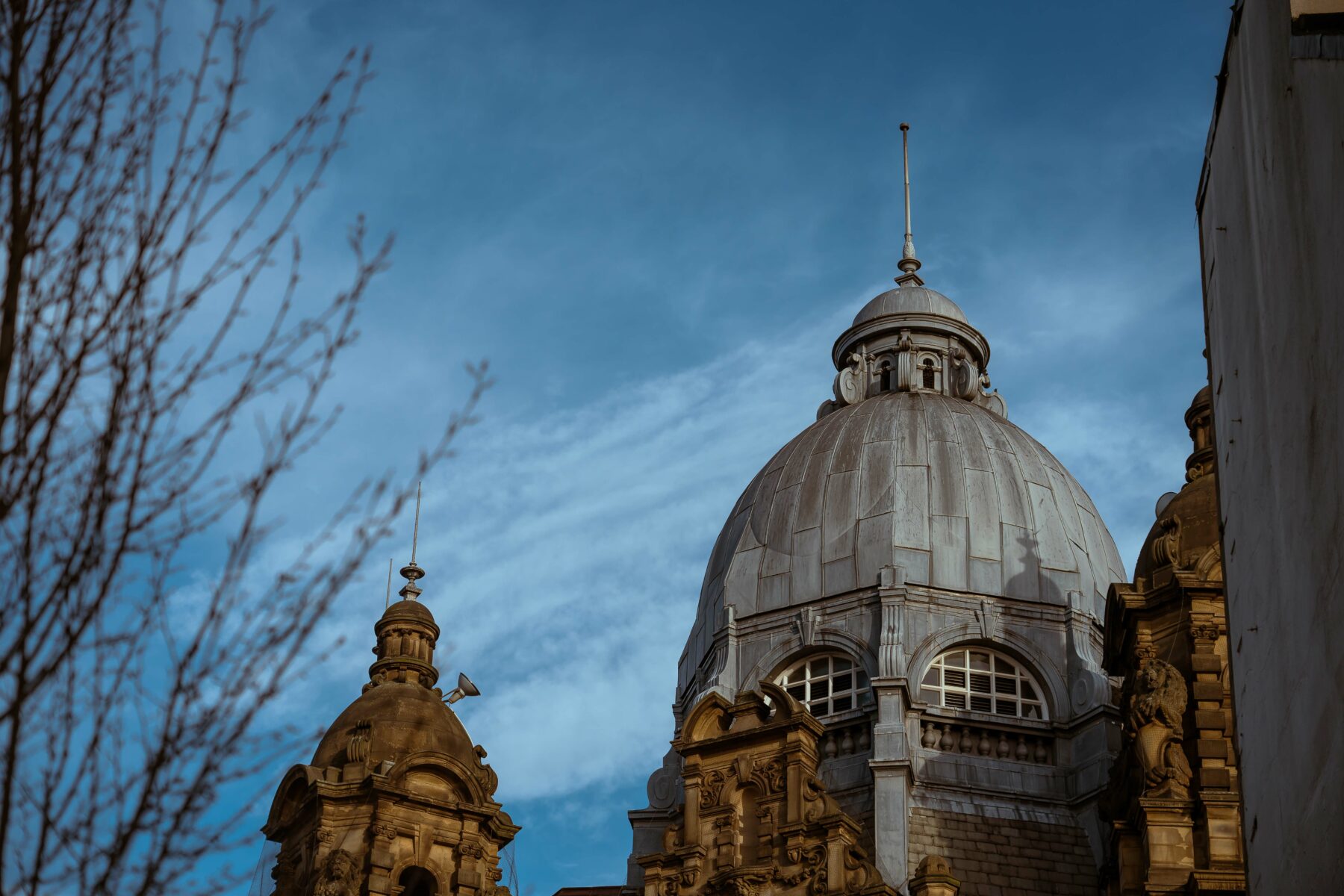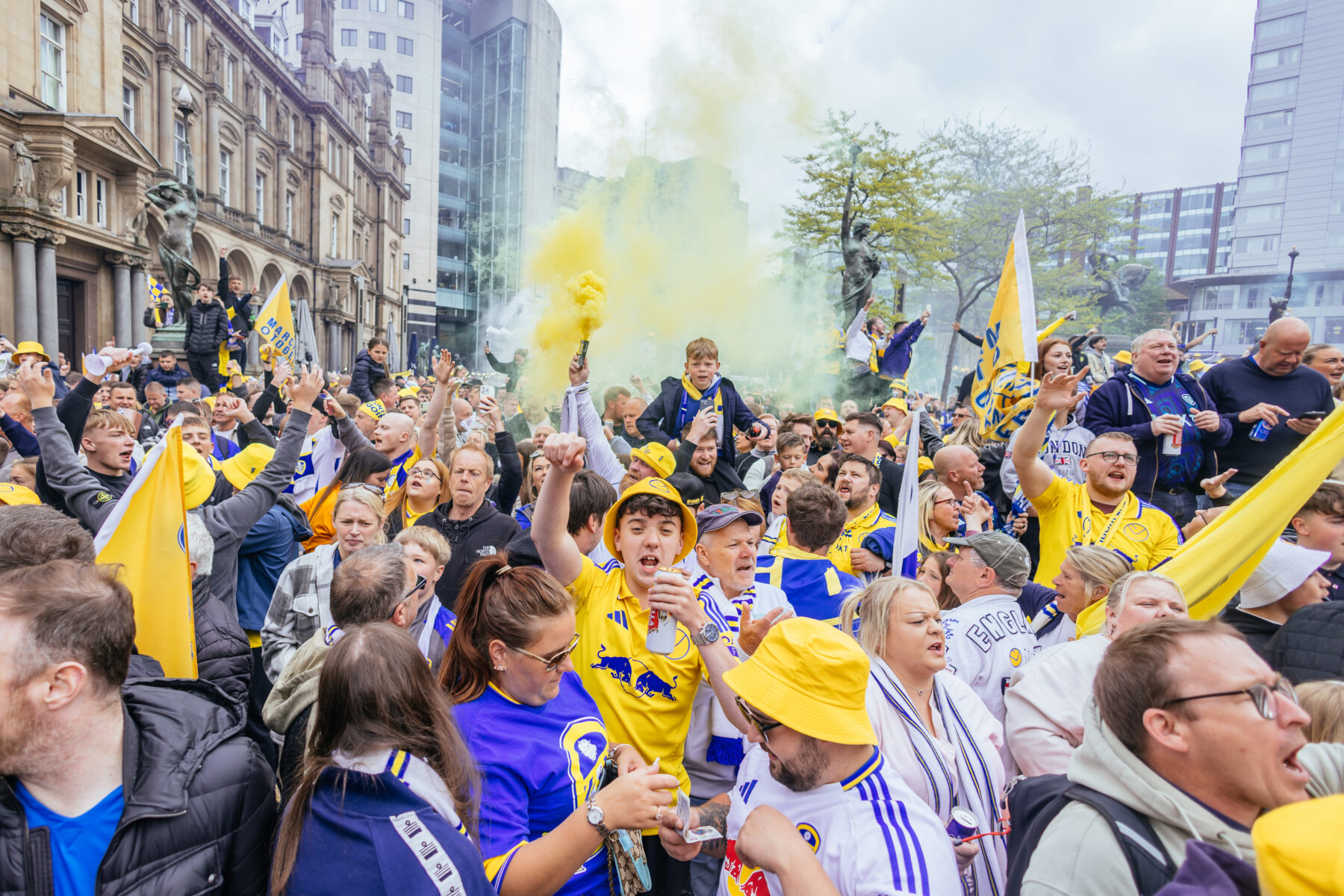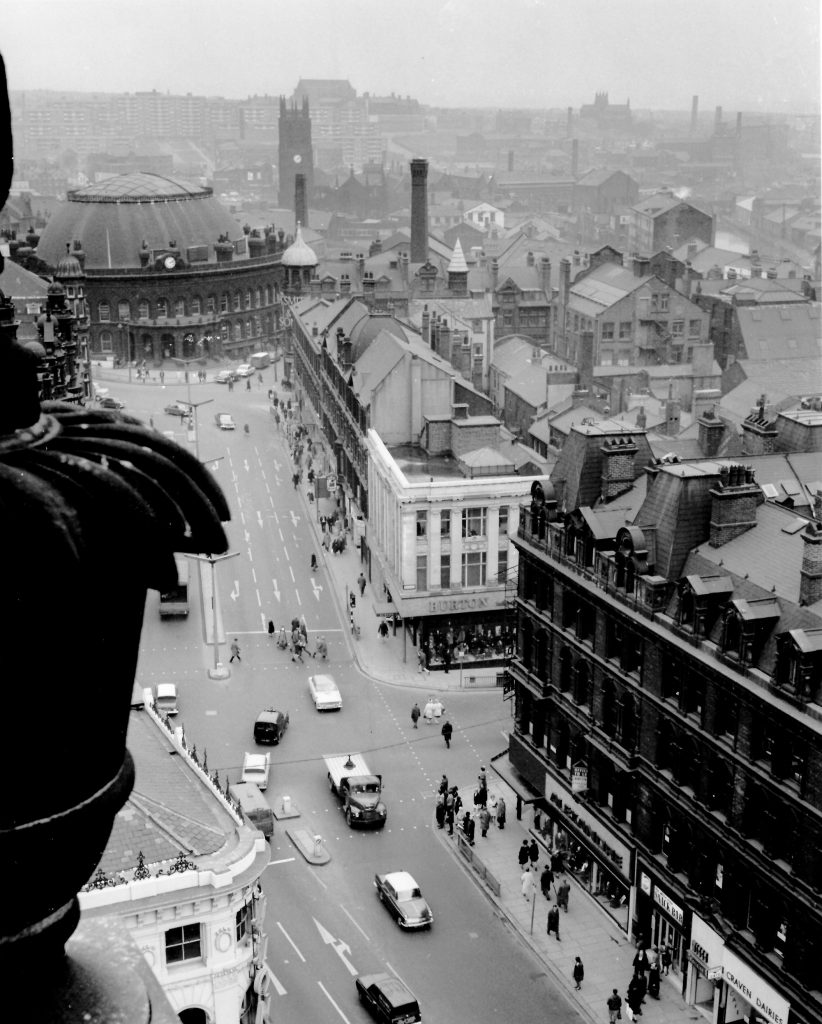
Feature
History
Leeds is a place of connections, full of energy. It’s in the people, the industry, the creativity and the natural assets. The energy’s been flowing through Leeds for millennia, and it’s woven throughout the story of the city.
The Venerable Bede, an eighth-century historian, was the first person to refer to the area he called Loidis. The origin of that word is thought to come from an even older Celtic term; Lādenses, meaning ‘people living by the strongly flowing river’.
The strongly flowing river starts in the Yorkshire Dales at the ancient, glacial lake, Malham Tarn. It runs through Airedale and meets a couple of its tributaries; Hol Beck, from the south, and Sheepscar Beck from the north, at Leeds. These streams carried silt into the river over many years, creating a shallow place where travellers would cross. A meeting and stopping place grew around the ford.
The bedrocks, beneath the river and the streets, are largely sandstone and coal. Some of the most striking buildings in Leeds bring those sandstones to the surface. Kirkstall Abbey, the Corn Exchange and the Town Hall, are made with that strong rock, called millstone grit, cut from local quarries. Coal beds on the south and eastern side of Leeds fuelled the forges of Kirkstall Abbey’s monks. The coal, along with the river, and people, helped to turn the wheels of the industrial revolution in Leeds.
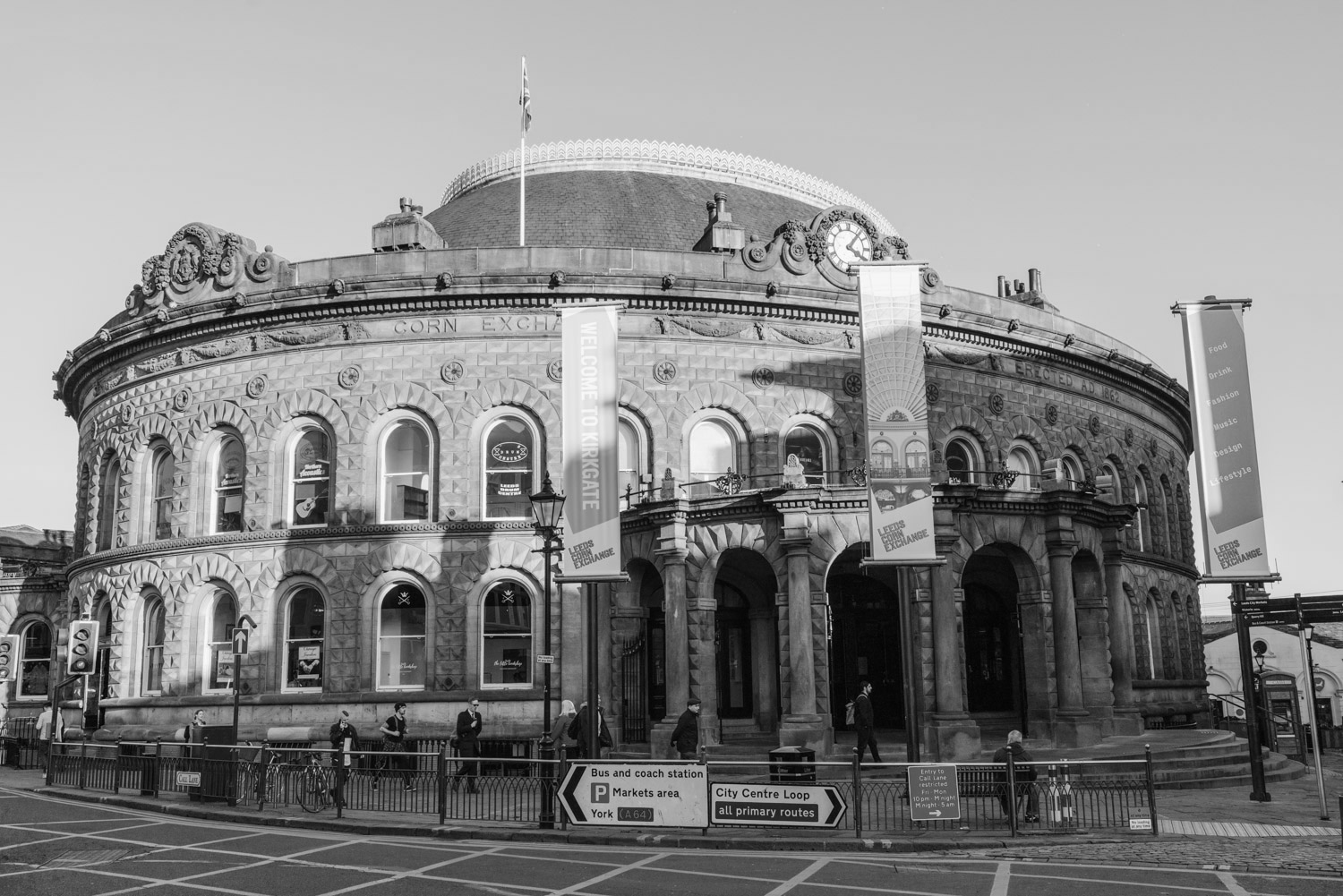 The Corn Exchange was built with millstone grit, cut from local quarries.
The Corn Exchange was built with millstone grit, cut from local quarries.
The city’s population has been strengthened by years of migration over thousands of years. Some of the earliest evidence of human habitation are pottery remains from the Beaker people. They moved from central Europe, around 4500 years ago, and left evidence of their living conditions and their trade with Ireland, and the Baltic. And some beakers. Subsequent waves of immigration include the Celts, Romans, Anglo-Saxons, Vikings, the Normans, Irish, Jews and Caribbean adding to the rich cultural DNA of the city.
The village, then town, and eventually, city, of Leeds grew from a settlement near the river, on a street called Kirkgate. The village was centred around a church, on the site of today’s Minster. The current structure was consecrated in 1841. A trip inside reveals stone crosses from the eighth to tenth centuries suggesting there may have been a church here for over 1000 years. As well as Christian iconography one of the crosses includes a pagan image of Weland the Smith. Weland was a proto-superhero blacksmith, who eventually overthrew his kidnappers. His appearance on the cross indicates early Scandinavian influence. As well as featuring in Leeds, Weland pops up in Icelandic sagas and the epic poem Beowulf.
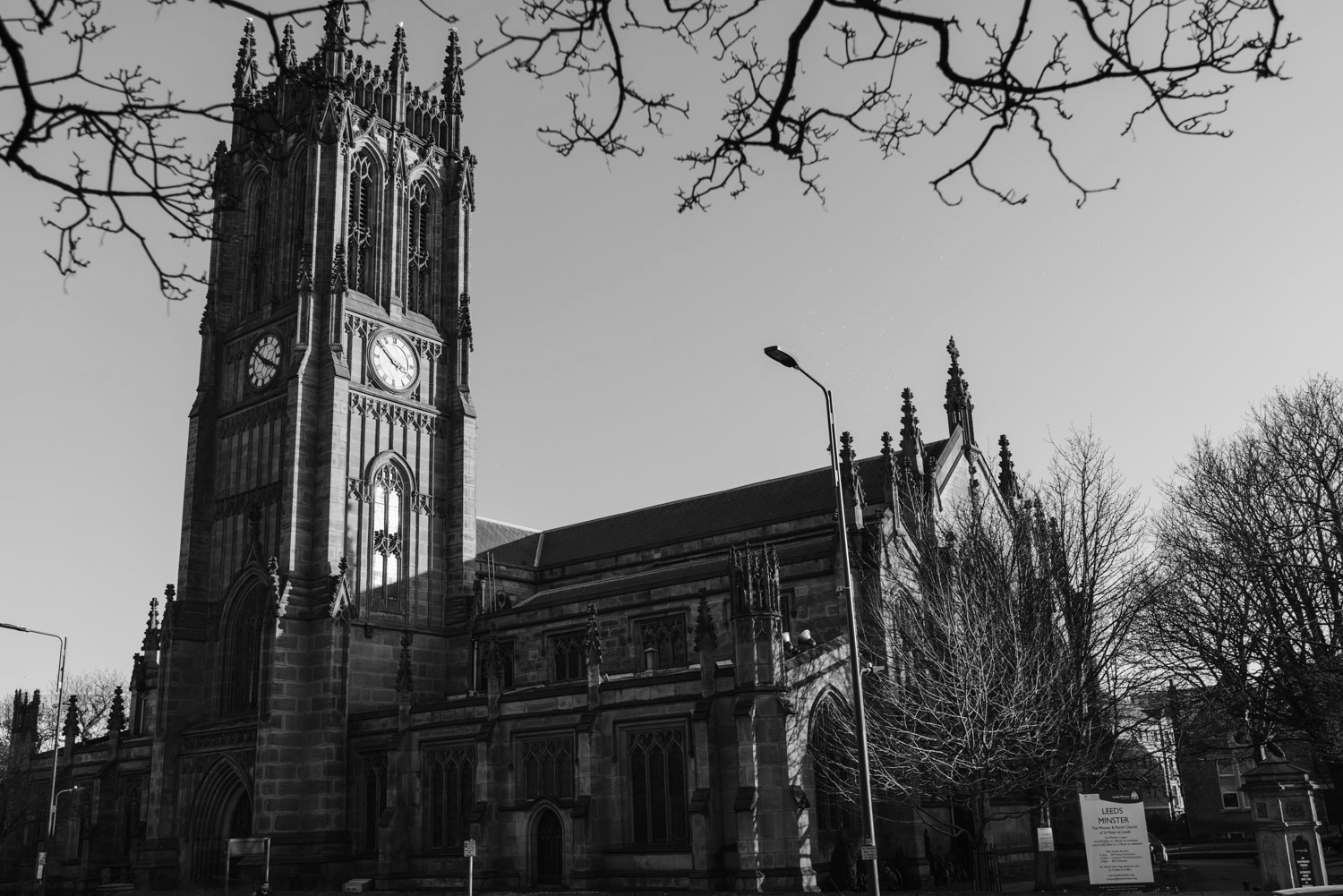 Leeds was originally centred around Leeds Minster.
Leeds was originally centred around Leeds Minster.
The city has changed hands many times. By 1207 the owner was Maurice de Paynel. He started a huge project to grow the town. By laying out a long, wide street, Briggate, rising northwards, from the river, he attracted tradespeople to his new co-working creative hub. Briggate included plots on both sides for living, working and trading. Over 800 years later it is still one of the main thoroughfares in the town and retains much of that medieval footprint.
Leeds’ wealth came largely from wool and woollen cloth. And it was sold across the world. The Cistercian monks of Kirkstall Abbey were selling wool to Italian merchants as far back as the thirteenth century, however, they kept the wealth to themselves. Regulations on exports in the fourteenth century meant the monks began to sell locally, providing a boost to the town’s economy. When Henry VIII decided he’d had enough of Rome’s influence, and shut down Kirkstall Abbey, around 1540, the axis of trade moved into Leeds.
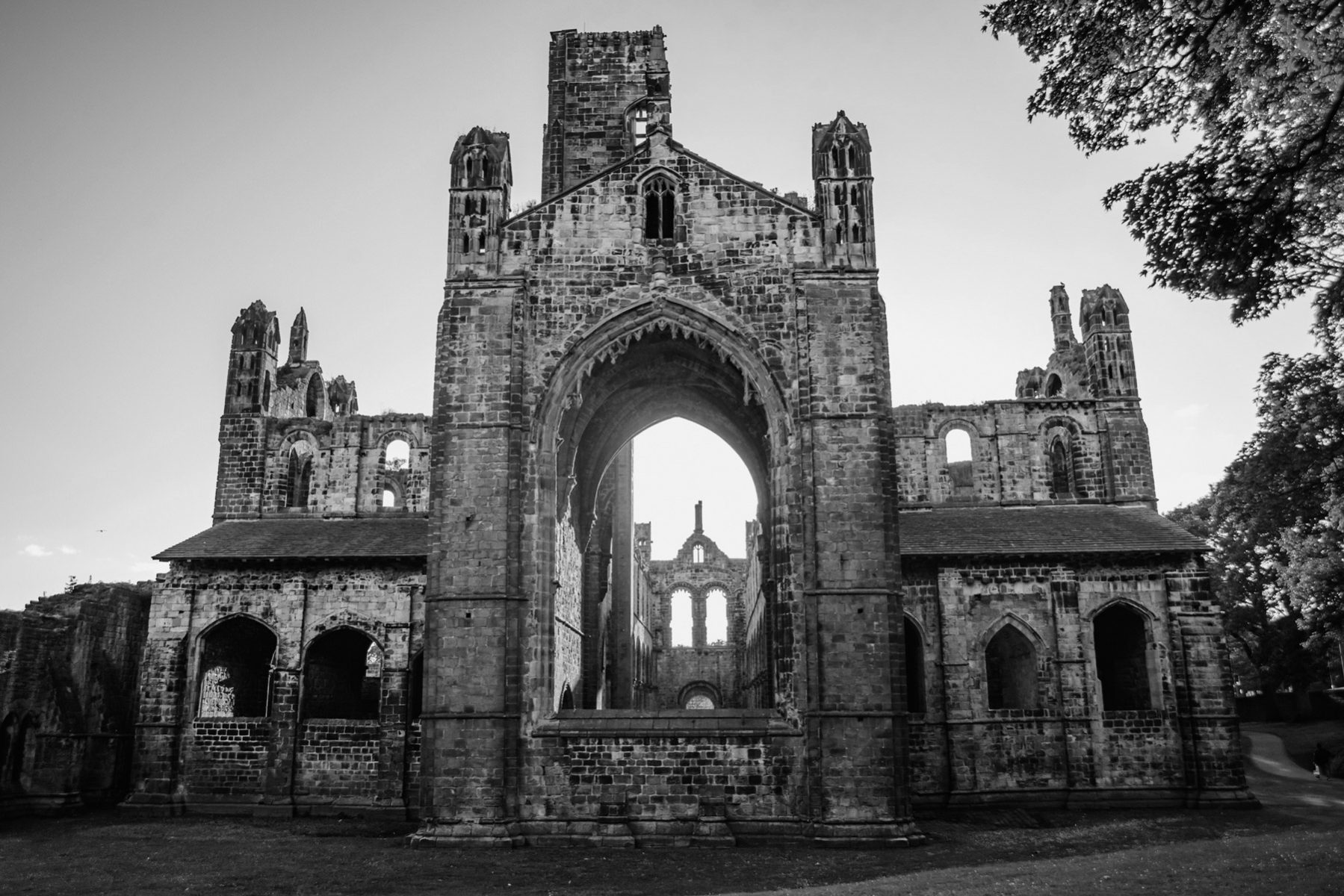 The ruins of Kirkstall Abbey.
The ruins of Kirkstall Abbey.
Wool markets in the town were originally held on the Leeds Bridge. As the market expanded, it moved to Lower Briggate. By the early eighteenth century, there were demands to build a covered hall for cloth trading, to compete with local towns like Wakefield, Halifax and Huddersfield. The First White Cloth Hall opened on Kirkgate in 1711.
The trade continued to grow and more cloth halls were built to replace previous ones. The Mixed Cloth Hall was built in 1756-7 and stood where City Square and the old Post Office is now. Its construction expanded the town westwards into the parkland beyond Park Row. Other market places developed around Briggate taking produce, livestock and trade-off the streets. The majestic Kirkgate Market, still going strong, originated in 1822, when it was held in the garden of the vicarage. It is now Europes largest covered market.
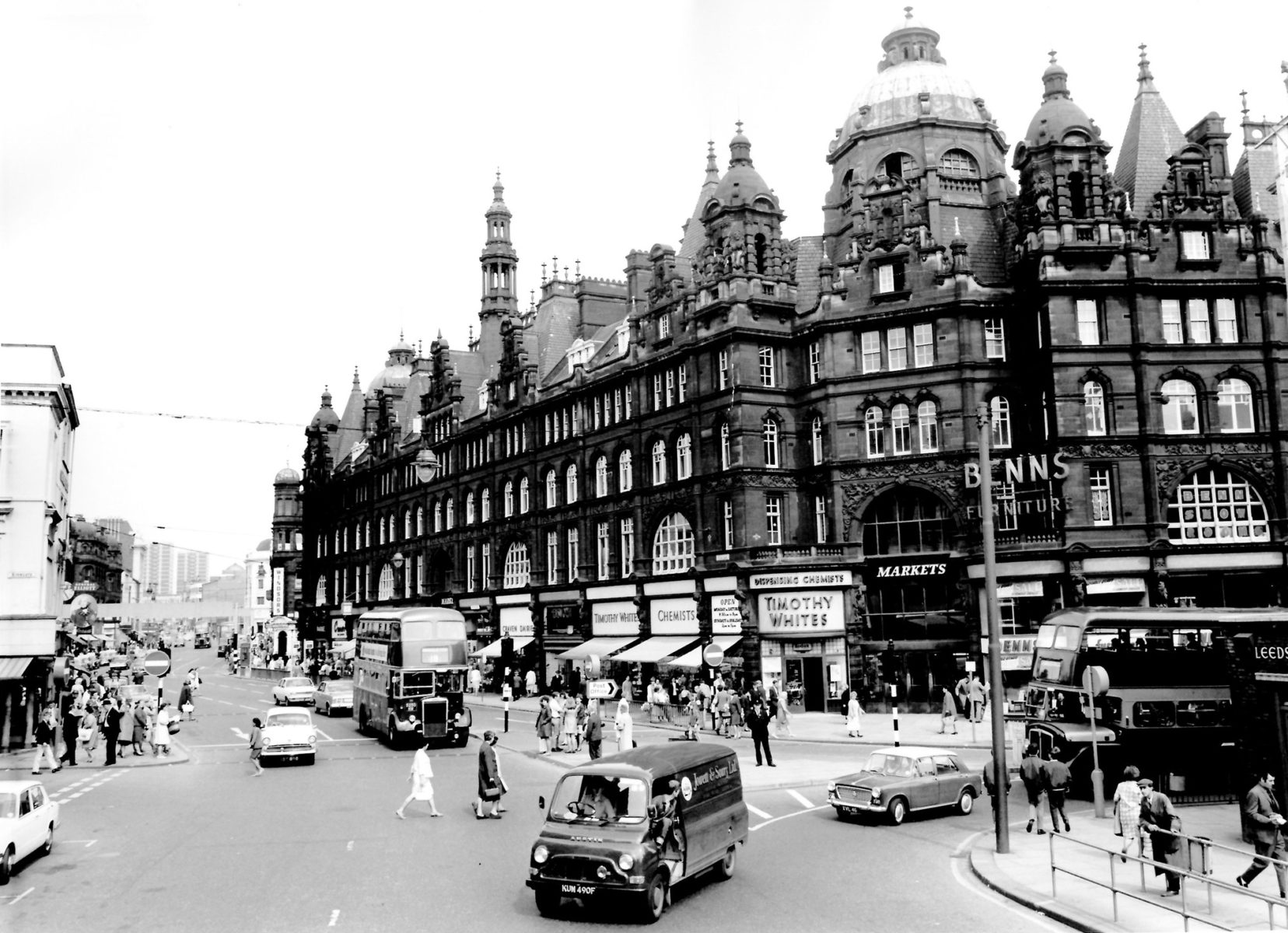 Leeds Markets in the 1950s.
Leeds Markets in the 1950s.
The growth in trade saw a similar boom in industry and population. Huge factories and chimneys appeared on the skyline. The master of atmosphere, JMW Turner caught the emerging, smoking landscape in his painting, ‘Leeds from Beeston Hill’ in 1816. Textile and engineering works grew around the river and its becks. By the 1830s there were serious concerns over child labour, long working days, and living conditions. The poorer inhabitants of the city were hit hardest by epidemics like the cholera outbreaks of 1832, and 1848. Although there were various improvements in the city, they struggled to keep up with the growing numbers of inhabitants.
 ‘Leeds from Beeston Hill’ J W Turner, 1816
‘Leeds from Beeston Hill’ J W Turner, 1816
Leeds has always occupied a sweet spot in the middle of the country. The transport improvements of the Aire-Calder Navigation Act of 1699, then the building of the Leeds-Liverpool Canal, completed in 1816, created a significant inland port, which provided a shortcut from the continent, to the west coast and beyond. The railways provided even greater connectivity and made Leeds one of the rail hubs of the Victorian era.
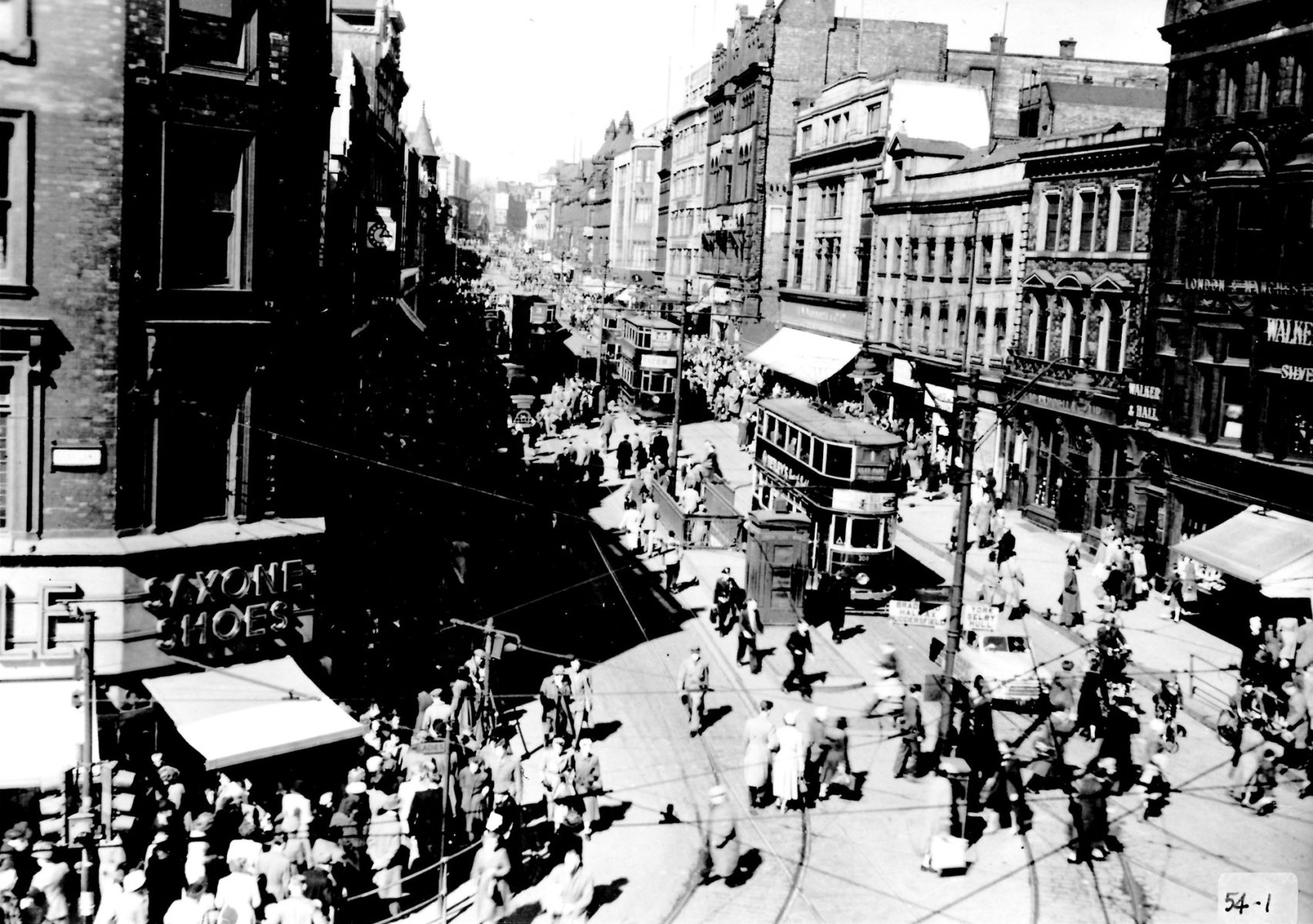 Leeds in the 1950's
Leeds in the 1950's
As Leeds moved from the nineteenth, into the twentieth century, manufacturing, and other industries were gradually replaced with retail, service and education sectors. Marks & Spencer had its origins in the city, when Michael Marks, from Belarus, set up his stall on a barrow in Kirkgate Market. Another retail giant, Asda, has its headquarters on the riverside. The city also grew into a leading centre for financial and legal business. The Yorkshire College of Science, with funding from the Worshipful Company of Clothworkers, became the University of Leeds. As a centre for innovation, it has nurtured Nobel Prize winners and played a key role in the discovery of DNA. Leeds Art College, now University, bred the imaginations and craft of local creatives Henry Moore, Barbara Hepworth and Damien Hirst.
The 1970s saw vast swathes of Leeds turn to tarmac, the ‘Motorway City’. The M62 cut a route from Hull, through Leeds and Manchester to Liverpool, while the M1 provided a direct road connection to London. As Leeds continues to grow into the 21st century and makes new histories with major developments planned on the South Bank, and a new high-speed rail links the signs of the past can still be easily found. The streets, ginnels, yards and arcades tell their own stories of the people, the places, the connections and energy that made the city.
History
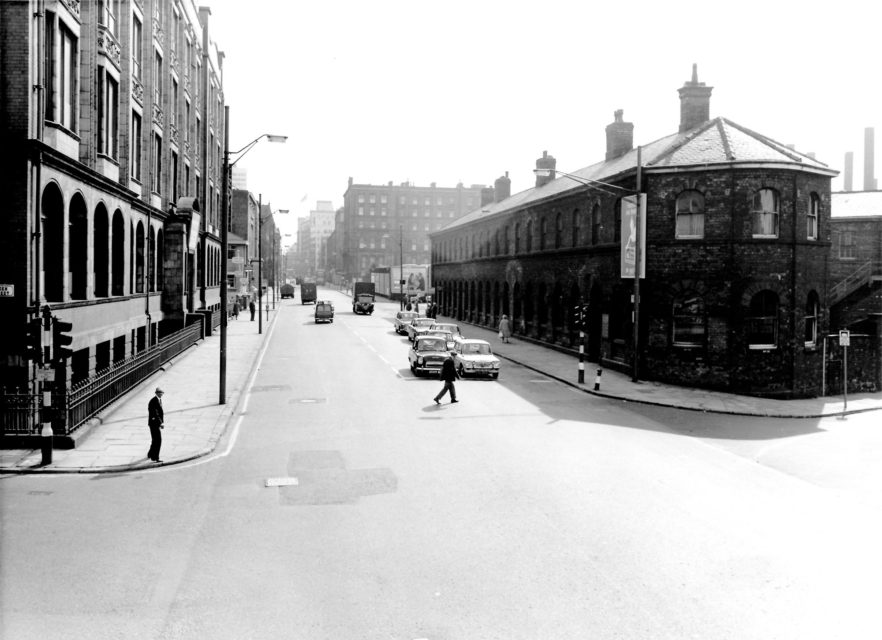
Leeds Civic Trust Photography Archives 1950s – 1960s
Leeds has a distinct and attractive built heritage, from its beginnings as a trading centre for cloth through...
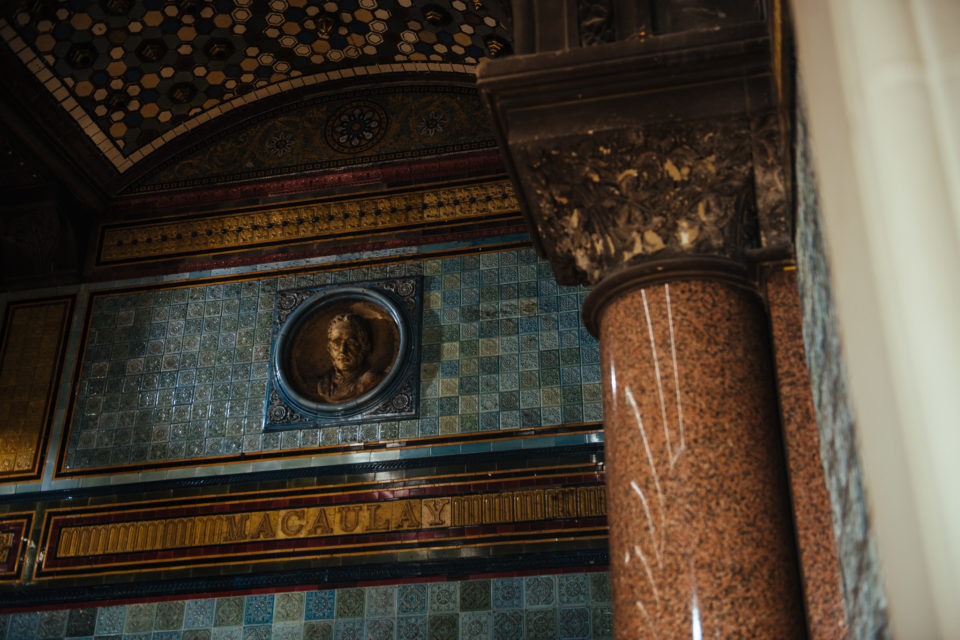
The Blue Plaque: Marking Leeds’ History
Walk through many cities, towns, and even villages, and you’re likely to pass one. The famous blue plaque.
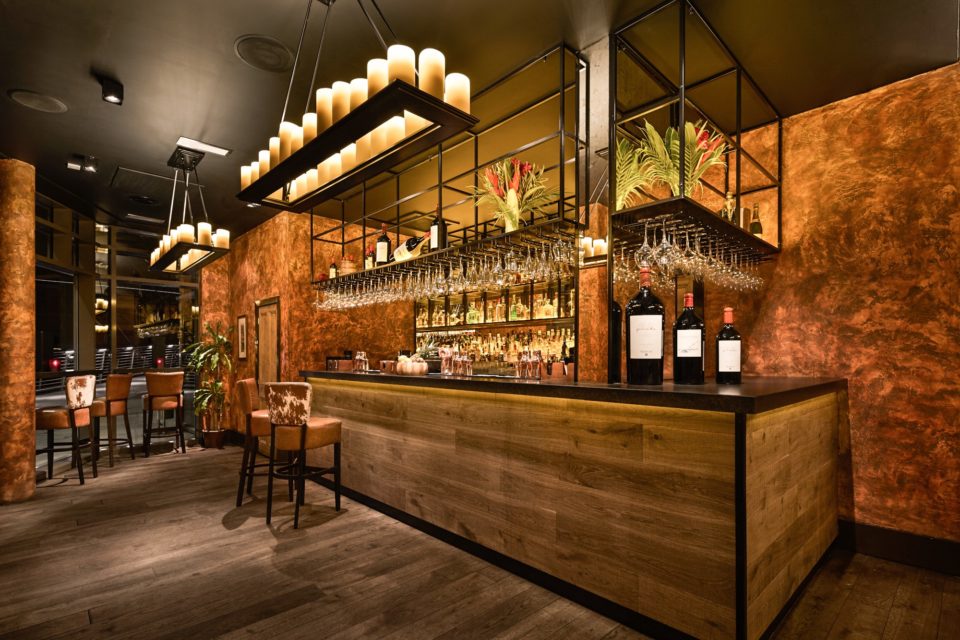
A History of Fazenda: Leeds’ Original Brazilian Steak Restaurant
Fazenda is now one of the most established restaurant brands in Leeds, but its inception was really one...
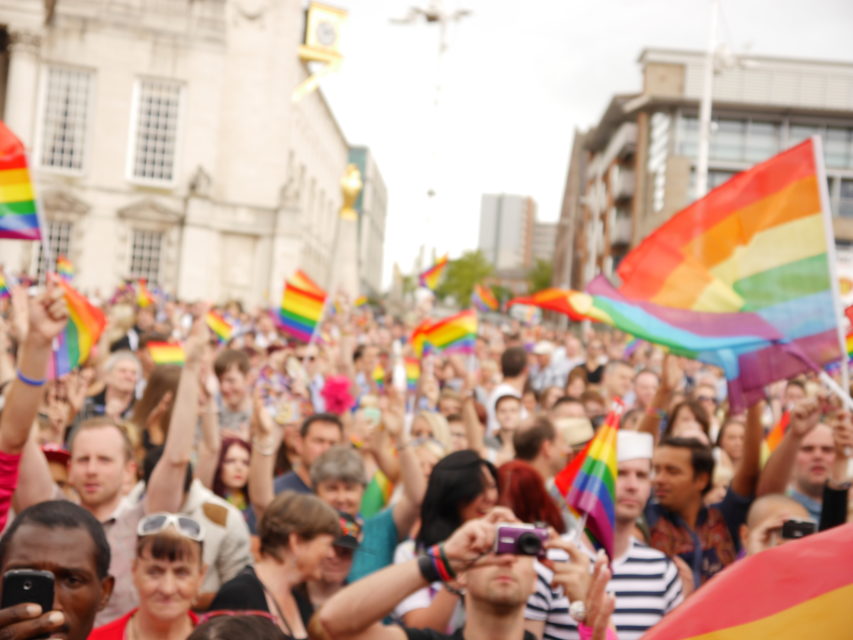
LGBT History Month: Celebrating Pride in Leeds
Every year, February marks LGBT History Month, a period for celebrating equality and diversity in the UK.
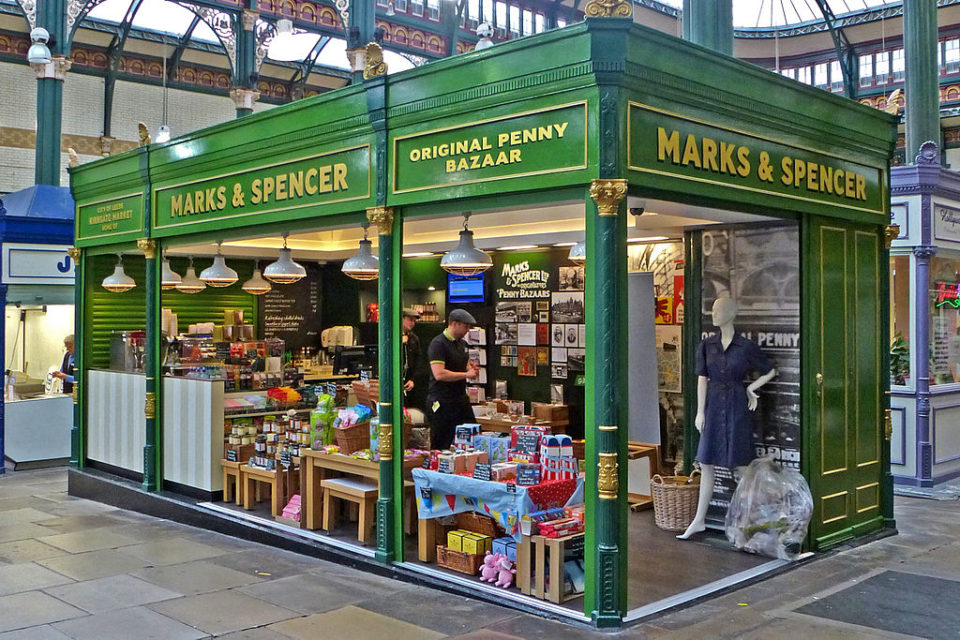
A Brief History Of Marks & Spencer
In 1884, Michael Marks opened his first penny bazaar in Leeds; he went into partnership with Tom Spencer...

